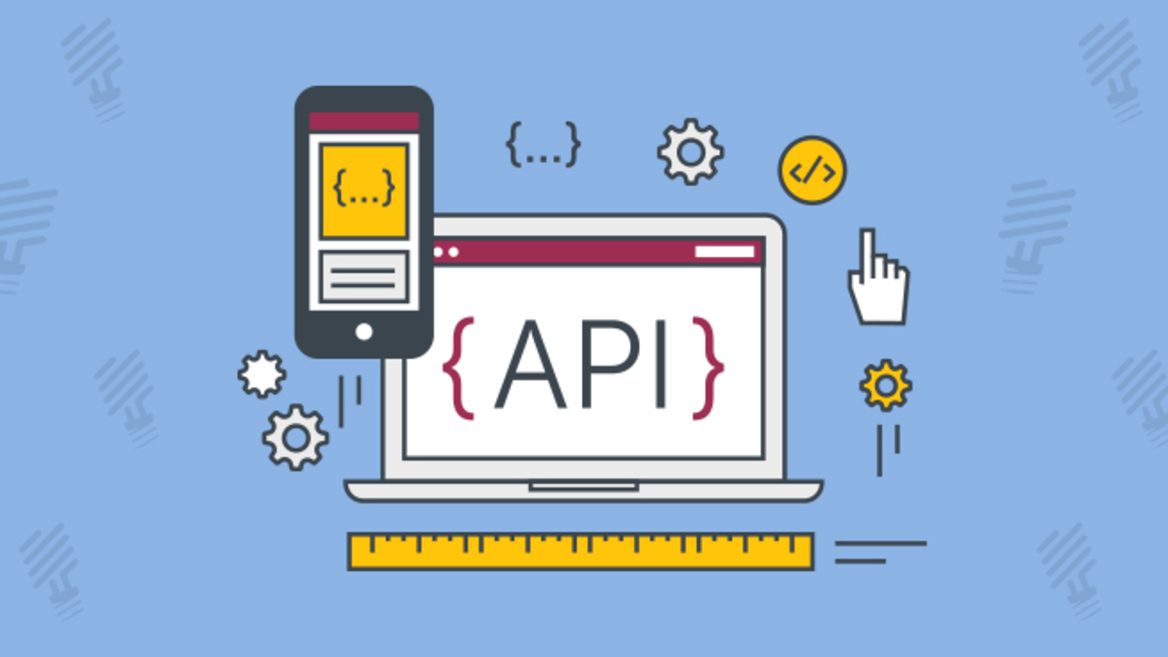Technology
Understanding the Basics of RESTful APIs
RESTful APIs are one of the most popular ways of building APIs. They are used to create web services that can be consumed by a wide range of clients, from web applications to mobile devices. In this article, we will explore the basics of RESTful APIs, including their architecture, principles, and how they work.
Contents
255
REST (Representational State Transfer) is a software architectural style used for creating web services. RESTful APIs (Application Programming Interfaces) are based on the REST architecture, and they are used to build web services that can be accessed by a wide range of clients. RESTful APIs are becoming increasingly popular because they are simple to use and easy to understand. In this article, we will explore the basics of RESTful APIs.
What is a RESTful API?
A RESTful API is an interface that allows different systems to communicate with each other over the internet. It is based on the REST architecture, which defines a set of constraints that must be followed in order to create a RESTful API. These constraints include using HTTP methods (GET, POST, PUT, DELETE) to perform operations on resources, using URLs to identify resources, and using standard data formats (such as JSON and XML) to exchange data.
Architecture of a RESTful API:
The architecture of a RESTful API is based on the client-server model. In this model, the client (which could be a web browser or a mobile app) sends a request to the server (which could be a web server or a database server) using HTTP methods. The server then sends a response back to the client, which could be in the form of HTML, JSON, or XML.
Principles of a RESTful API:
A RESTful API is designed around a set of principles, which are as follows:
1. Client-Server: The client and the server are separated from each other, and they communicate with each other using HTTP methods.
2. Statelessness: The server does not store any client state. Instead, each request from the client contains all the information necessary for the server to process the request.
3. Cacheability: The server should be able to cache responses to improve performance.
4. Layered System: The client may not be aware of the existence of intermediary servers, which can improve scalability.
5. Uniform Interface: The interface between the client and the server should be uniform, meaning that it should follow a set of predefined rules.
How does a RESTful API work?
A RESTful API works by following a set of rules and constraints that are defined by the REST architecture. The client sends a request to the server, which includes the URL of the resource and the HTTP method to be used. The server then processes the request and sends a response back to the client, which could be in the form of HTML, JSON, or XML.
One of the key features of a RESTful API is its use of HTTP methods to perform operations on resources. The most common HTTP methods used in a RESTful API are:
GET: Used to retrieve a resource from the server.
POST: Used to create a new resource on the server.
PUT: Used to update an existing resource on the server.
DELETE: Used to delete a resource from the server.
Another key feature of a RESTful API is its use of URLs to identify resources. The URL is used to identify the resource that the client wants to access or modify. For example, if the client wants to retrieve a list of all the customers in a database, it would send a GET request to the URL /customers.
Data formats:
RESTful APIs use standard data formats to exchange data between the client and the server. The most common data formats used in a RESTful API are JSON and XML. JSON (JavaScript Object Notation) is a lightweight data format that is easy to read and write. It is used extensively in web applications and is supported by most programming languages. XML (Extensible Markup Language) is a more complex data format that is used for structured data. It is commonly used in enterprise applications and is supported by most programming languages.
Advantages of using a RESTful API:
There are several advantages to using a RESTful API, which include:
1. Scalability: RESTful APIs are designed to be scalable, which means that they can handle a large number of requests from clients.
2. Platform independence: RESTful APIs are platform-independent, which means that they can be accessed from any device or operating system.
3. Simplicity: RESTful APIs are simple to use and understand, which makes them popular among developers.
4. Flexibility: RESTful APIs can be used to create a wide range of web services, from simple data retrieval services to complex enterprise applications.
Conclusion:
In conclusion, RESTful APIs are an important part of the modern web, and they are becoming increasingly popular among developers. They are based on the REST architecture, which defines a set of rules and constraints that must be followed in order to create a RESTful API. These rules and constraints include using HTTP methods to perform operations on resources, using URLs to identify resources, and using standard data formats to exchange data. RESTful APIs have several advantages, including scalability, platform independence, simplicity, and flexibility. If you are a developer, it is important to understand the basics of RESTful APIs, as they are likely to become an important part of your toolkit.

"Computers are useless. They can only give you answers."
Pablo Picasso
© 2024 Kerelka. All rights reserved.

